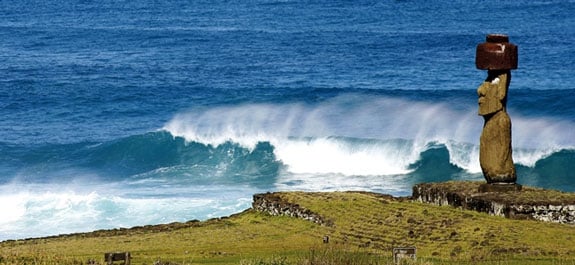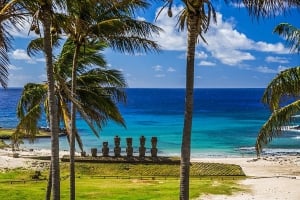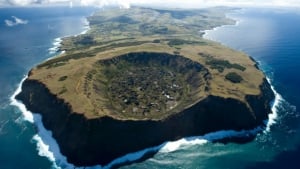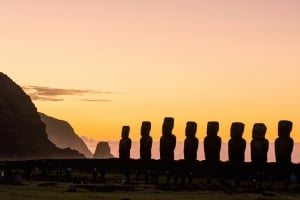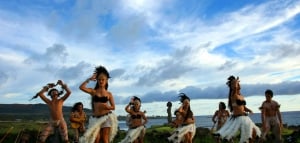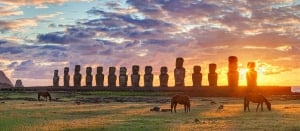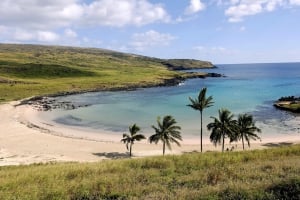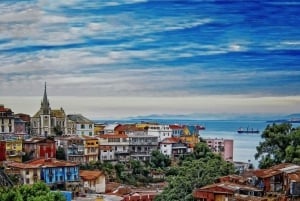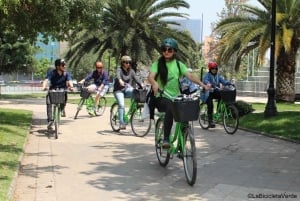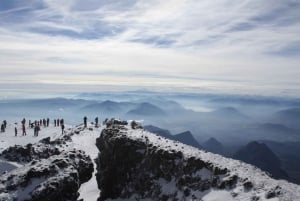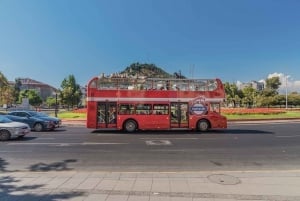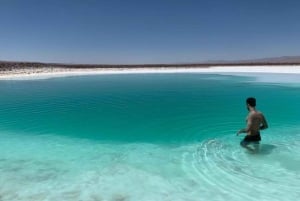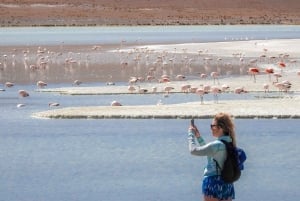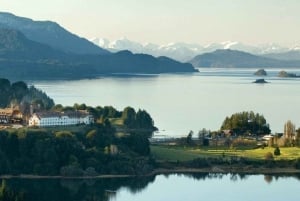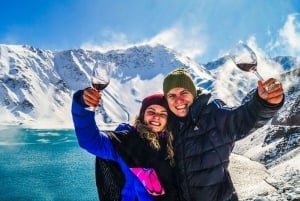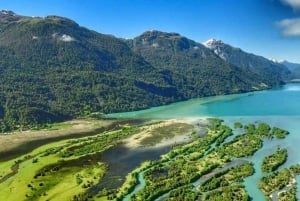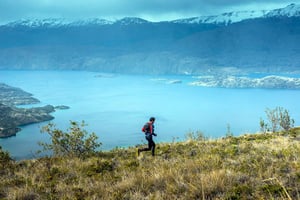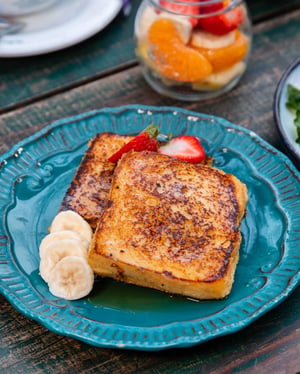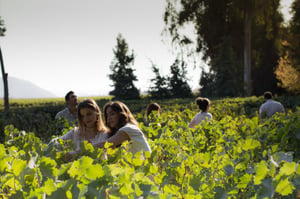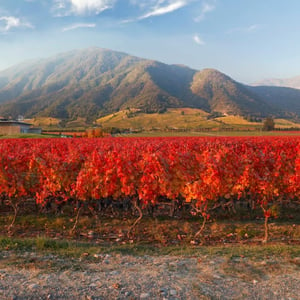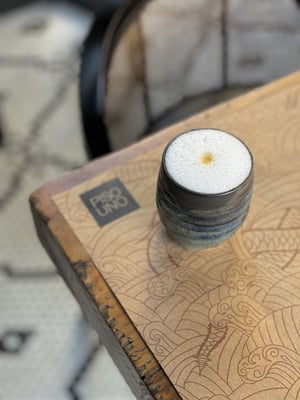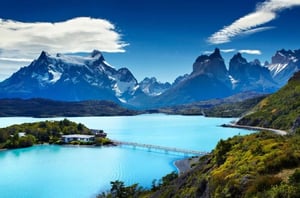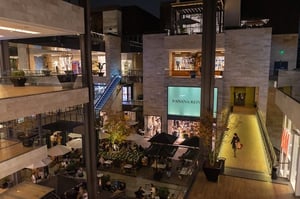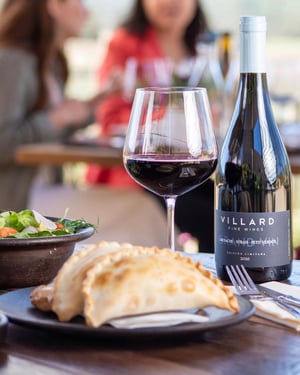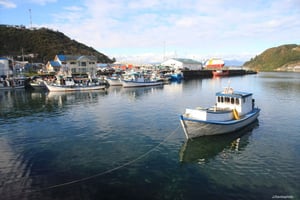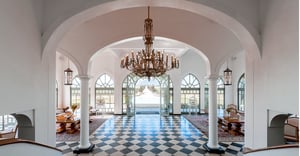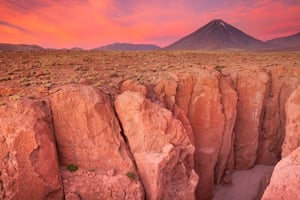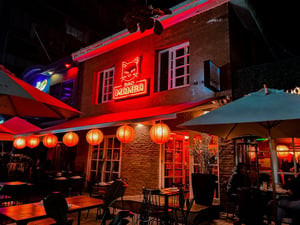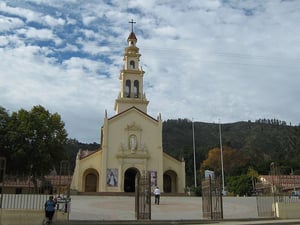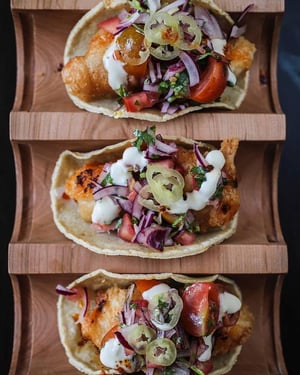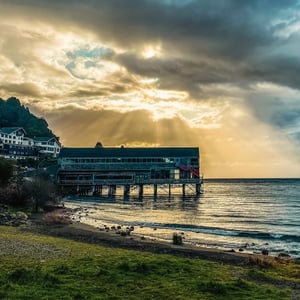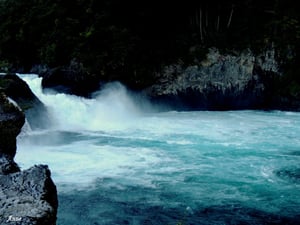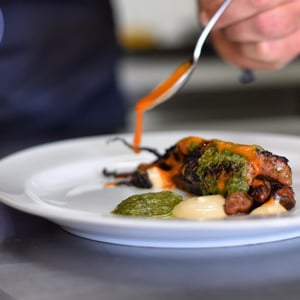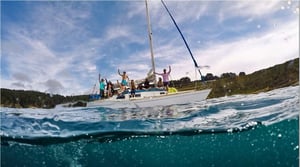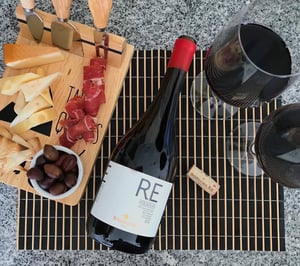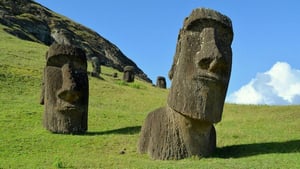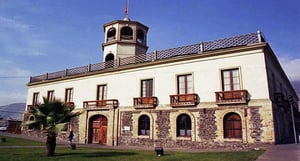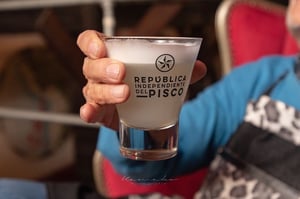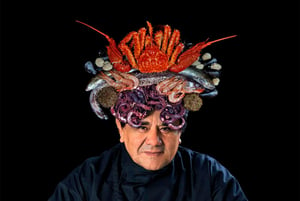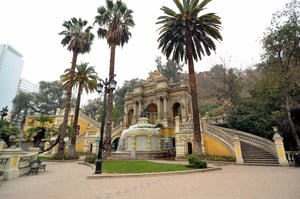Easter Island
Isla de Pascua
Easter Island, Rapa Nui, or "Tepito Ote Henua" ("Navel of the World", as its ancient inhabitants named it), is the most remote inhabited island on the planet and one of the most fascinating places in Chile. Located in Polynesia, roughly 2,200 miles from the Chilean coast, it is the only place in the country with a tropical climate.
Some 900 moai can be found throughout the vast open-air museum that is Rapa Nui National Park, which comprises 40% of the island. The famous moai are huge, stone heads, carved from lava rock some 1,200 years ago. The mystery of how these megaliths were created and transported remains unsolved. The island’s unique archaeological and cultural heritage, and its unusual ecology, led UNESCO to declare it a World Heritage Site.
Today the spirit of this culture lives on in the traditions of its people, with their own language, music, dance, clothing, and contagious joy. During the first two weeks of February, the Tapati festival provides an opportunity to better understand the island’s rich heritage with cultural performances and competitions in traditional sports. The island has attractions beyond its age-old culture: first-class hotels and resorts, beautiful beaches, volcanoes, and caves for trekkers to explore, and some of the clearest waters in the world for diving.
Climate
The climate is subtropical: i.e., sunny and dry. The warmest months are January through March when the average temperature is 73 °F (23 °C), and the coolest months are June through August when the average temperature is 64 °F (18 °C). The average annual precipitation is about 49 inches (1,250 millimeters) but with a considerable annual variation. September is the driest month, and the heaviest rainfall occurs in June and July following the passage of austral winter fronts. Winds in June and August are irregular; during the rest of the year trade winds from the east and southeast are dominant. From September through March the Peru (or Humboldt) Current, which has an average temperature of about 70 °F (21 °C), flows against the island.
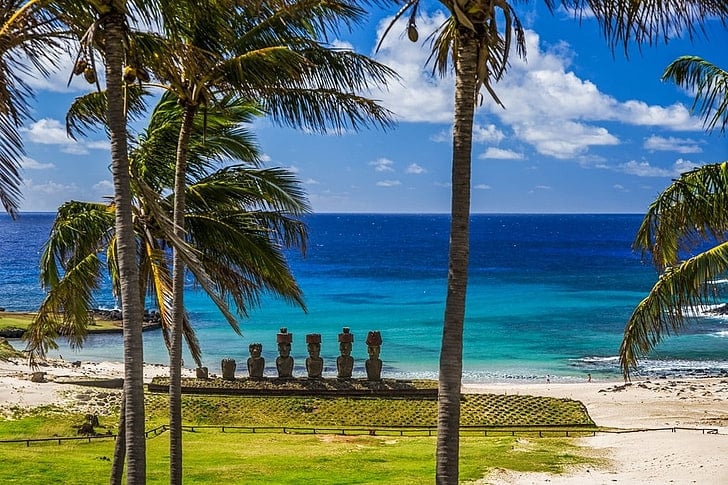 Easter Island
Easter IslandPlant and animal life
Indigenous plants and animals are few. At the time of European arrival the toromiro tree, endemic to the island, was the only wild tree and the Carolina wolfberry the only wild shrub, the vegetation being predominantly herbaceous. The toromiro tree was overexploited by the island woodcarvers, and the last local specimen died in the 1950s. The species was saved from extinction, however; the Norwegian Archaeological Expedition collected seeds and planted them in the Gothenburg Botanical Garden, and saplings from the garden were reintroduced to Easter Island in 1988. Analysis of pollen deposits has revealed that other trees and shrubs, among them the giant Chile palm (Jubaea spectabilis), were formerly present on the island until exterminated by extensive fires occurring at the time of aboriginal human settlement.
Today only 31 wild flowering plants, 14 ferns, and 14 mosses are reported. Grass and small ferns dominate the barren landscape, whereas the boggy crater lakes are thickly covered by two imported American species, the totora reed (an important building material) and Polygonum acuminatum (a medicinal plant). Several cultivated species of plants were also introduced partly from America and partly from Polynesia before the arrival of Europeans; of these, the principal species was the sweet potato, which was cultivated in extensive plantations and formed the staple diet. Bottle gourds, sugarcane, bananas, taro, yams, and two useful trees (i.e., the Asiatic paper mulberry, with bark used for cloth manufacture, and the American Triumfetta semitriloba, with bark used for rope making) were of aboriginal importation, as also probably were the husk-tomato, a small variety of pineapple, and the coconut.
Before the arrival of human beings, the only vertebrates were either fish or seabirds capable of long flights. The animal life on land was otherwise restricted to a very few species of isopods (an order of crustaceans), spiders, insects, worms, a snail, and a centipede. Vast quantities of flies, large cockroaches, and a small scorpion were introduced recently. A small, long-legged chicken reported having laid blue eggs were introduced in pre-European times but later interbred with European varieties. The aboriginal edible Polynesian rat was subsequently replaced by larger European species. Sheep, horses, cattle, and pigs were introduced by the missionaries who established themselves ashore in 1864. Sheep were especially numerous for almost a century after foreign ranchers began commercial ranching in 1870; sheep ranching came to an end in the mid-1980s, but cattle ranching was enhanced. A large wild cat, living in caves, is of unknown introduction. A Chilean partridge, a quail, and a small hawk have been added to the wildlife since 1880. Sea turtles and seals are now rare curiosities, but crayfish and various coastal and deep-sea fishes abound around the coast.
People
The island’s population represents the easternmost settlement of a basically Polynesian subgroup that probably derived from the Marquesas group. The original Rapa Nui vocabulary has been lost except for some mixed Polynesian and non-Polynesian words recorded before the Tahitian dialect was introduced to the decimated population by missionaries in 1864. Today Spanish is generally spoken. In their traditions, the islanders consistently divide themselves into descendants of two distinct ethnic groups, the “Long-Ears” and the “Short-Ears” (see below). Intermarriage is common, and an influx of foreign blood has become increasingly dominant in recent years.
 Easter Island
Easter IslandEconomy
Whereas the aboriginal economy was based on the cultivation of sweet potato, chicken raising, and coastal fishing, the island has shifted to a cash economy based on tourism. The opening of an airport at Mataveri near Hanga Roa has permitted an increasing influx of tourists since the 1960s, and a few small hotels have been built in the village area, where many islanders and settlers from continental Chile also have accommodations in their homes. The ties to continental Chile are strengthened through twice-weekly flights from Santiago and the building of schools, hospitals, and a large community hall for sports and performances. A well-organized Chilean national park system provides guided tours and security for the unique archaeological monuments. Reforestation projects have been successfully initiated, including eucalyptus plantations at Vaitea and coconut groves in Anakena Bay.
History
The first European to land on Easter Island was the Dutch admiral Jacob Roggeveen, who paid it a single day’s visit in 1722. He and his crew found a population that they described as being of mixed physical types who worshiped huge standing statues with fires while they prostrated themselves to the rising sun. Some of them said to be “white men,” had their earlobes slit and hanging to their shoulders, a distinctly non-Polynesian custom.
An expedition dispatched by the Spanish viceroy of Peru rediscovered the island in 1770. The Spanish spent four days ashore and were the first to report that the aborigines had their own local form of script. They estimated a population of some 3,000 persons. A civil war seems to have raged on the island before the arrival of the British navigator Captain James Cook in 1774; a decimated, poverty-stricken Polynesian population of only about 600 or 700 men and fewer than 30 women was found by the Englishmen, who also observed that the large statues were no longer venerated, most of them having been deliberately overthrown. In 1786 the French navigator Jean-François de Galaup, Comte de La Pérouse, arrived and found some 2,000 people on the island; he tried in vain to introduce domestic animals. Some sailing vessels, including whalers, visited the island from 1792 onward. By 1860 the population was about 3,000, but a major slave raid launched from Peru in 1862, followed by smallpox epidemics, reduced the population to 111 in 1877. At the end of the 19th century, it began to increase once more. In 1864 Brother Eugène Eyraud, a French Catholic missionary became the first foreigner to settle on the island; as a result, the population became converted to Christianity by 1868. Settlers from Tahiti began to raise sheep in 1870. In 1888 the island was annexed by Chile, which leased nearly all its territory for sheep raising; in 1954 the Chilean navy administration took over the sheep range. In 1965 a civilian governor was appointed by the Chilean government, and the islanders became full Chilean citizens. Within a single generation, the Easter Islanders successfully responded to complete acculturation to continental standards without losing their pride in their own ancestors and their skills and customs. Annually in February old and young of both sexes meet in contests to revive the arts and practices of the island’s past, including carving, tattooing, reed-boat building, and traditional singing and dancing.
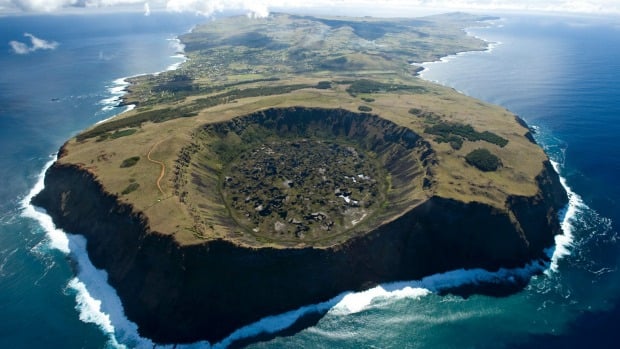
Easter Island
Archaeology
The island is famous for its gigantic stone statues, of which there are more than 600, and for the ruins of giant stone platforms (ahus) with open courtyards on their landward sides, some of which show masterly construction. Archaeological surveys were carried out in 1886, 1914, and 1934; archaeological excavations were initiated in 1955. The excavations revealed that three distinct cultural periods are identifiable on the island.
The tallest standing Easter Island stone statue (about 37 feet [12 meters] high) after being excavated by Thor Heyerdahl (top right, leaning against statue); was subsequently partially buried again.
The early period is characterized by ahus at Tahai, Vinapu, and Anakena, carbon-dated to about 700–850 CE. The first two were admired and described by Captain Cook; the wall in Anakena remained hidden below ground until it was excavated archaeologically in 1987. The excavations in Anakena have revealed that a variety of statues were carved in the early period, among them a smaller prototype of the middle-period busts, which mainly differ from the latter by their rounded heads and stubby bodies. Another type was a realistic sculpture in a full figure of a kneeling man with his buttocks resting on his heels and his hands on his knees, in one case with his ribs exposed, all features characteristic of pre-Inca monuments at Tiwanaku in South America.
In the middle period, about 1050–1680, statues were deliberately destroyed and discarded, and all ahus were rebuilt with no regard for solar orientation or masonry fitting. The sole desire seems to have been to obtain strong platforms capable of supporting ever taller and heavier busts, the classical moai of the middle period.
Burial chambers also were constructed within the ahus in the middle period. The sizes of the statues made were increased until they reached stupendous dimensions; the slim and lofty busts also had huge cylindrical pukao (topknots) of red tuff placed on top of their slender heads. Most middle-period statues range from about 10 to 20 feet in height, but the biggest among those formerly standing on top of an ahu was about 32 feet tall, consisted of a single block weighing about 82 tons (74,500 kilograms), and had a pukao of about 11 tons balanced on its apex. The largest statue still standing partly buried in the deep silt below the quarries is about 37 feet tall, and the largest unfinished one with its back attached to the rock is about 68 feet tall. Traditions, supported by archaeology, suggest that the images represented important personalities who were deified after death. From one to a dozen completed statues would stand in a row on a single ahu, always facing inland.
Statues of the middle period were all quarried from the special yellow-gray tuff found in the crater walls of the volcano Rano Raraku. Inside and outside the crater bowl numerous unfinished statues and thousands of crude stone picks are scattered about, bearing witness to a sudden interruption of the sculptors’ work. The unfinished images show that each statue had its front and sides completed to polish before the back was detached from the bedrock. The image was then slid away to be raised at random in the rubble below the quarries to have the back finished before being moved to some distant ahu. Eye cavities and topknots were added only after the monument was erected. In 1978 it was determined that these concavities had inlaid eyes of white coral with a dark stone disk for the pupil. In 2009 British archaeologists discovered that the topknots, which look like giant red hats, originated at a separate quarry hidden in Puna Pau, another ancient volcano.
Experiments based on island traditions in 1955–56 showed that the numerous basalt picks left in the quarries were perfectly suitable for carving the hard tuff. Reenactments showed that 12 islanders were able to lift a 25-ton statue about 10 feet off the ground and to tilt it on end on top of an ahu; this work took 18 days with no tools other than two wooden logs that were used as levers. Stones of all sizes were wedged under the statue one by one to form a slowly rising cairn to lift the giant monoliths upright. Tradition claimed that the statues had “walked” across the terrain to their distant destinations, but in the experiment 180 islanders were able to pull a medium statue over the ground. A renewed experiment in 1986 revived the tradition and discovered that 15 men sufficed to move a medium-sized statue over the ground in an upright position by jerking it ahead with a system of ropes.
The middle-period busts clearly evolved from a local prototype and have no counterpart elsewhere. Also peculiar to the middle period was a bird cult with attendant birdman rites that survived into the third, or late, period. Its ceremonial center was the village of Orongo, on top of Rano Kao, which consisted of stone houses with roof vaults built as false arches. These houses and contiguous circular masonry dwellings with roof entrances are characteristic of the early and middle periods on the island; while unknown elsewhere in Polynesia they are common in the adjacent area of South America.
Traditional culture
The late-period Easter Islanders dwelt in boat-shaped pole-and-thatch houses or caves. This period was marked by internal wars, general destruction, and cultural decadence. The mataa, or obsidian spear point, which was mass-produced, is the characteristic artifact of this period. Wood carving and small crude stone figurines replaced monumental art. Written wooden tablets covered with incised signs (called rongo-rongo) placed in boustrophedon (a method of writing in which the lines run alternately from right to left and from left to right) were copied from earlier specimens merely for ritual purposes; their proper reading was forgotten, and—despite many claims—modern attempts at deciphering them have failed. During this period art treasures were hidden in secret family caves, while the upright ahu images were successively overthrown. Silt from the abandoned quarries descended to the chests of the blind and unfinished busts standing at the foot of the volcano, rendering their overthrow impossible and thus securing for posterity the eyeless heads that have given the island its fame.


